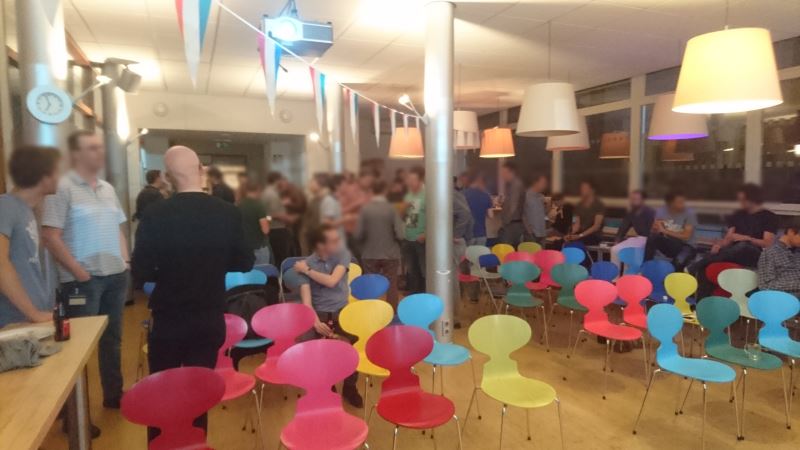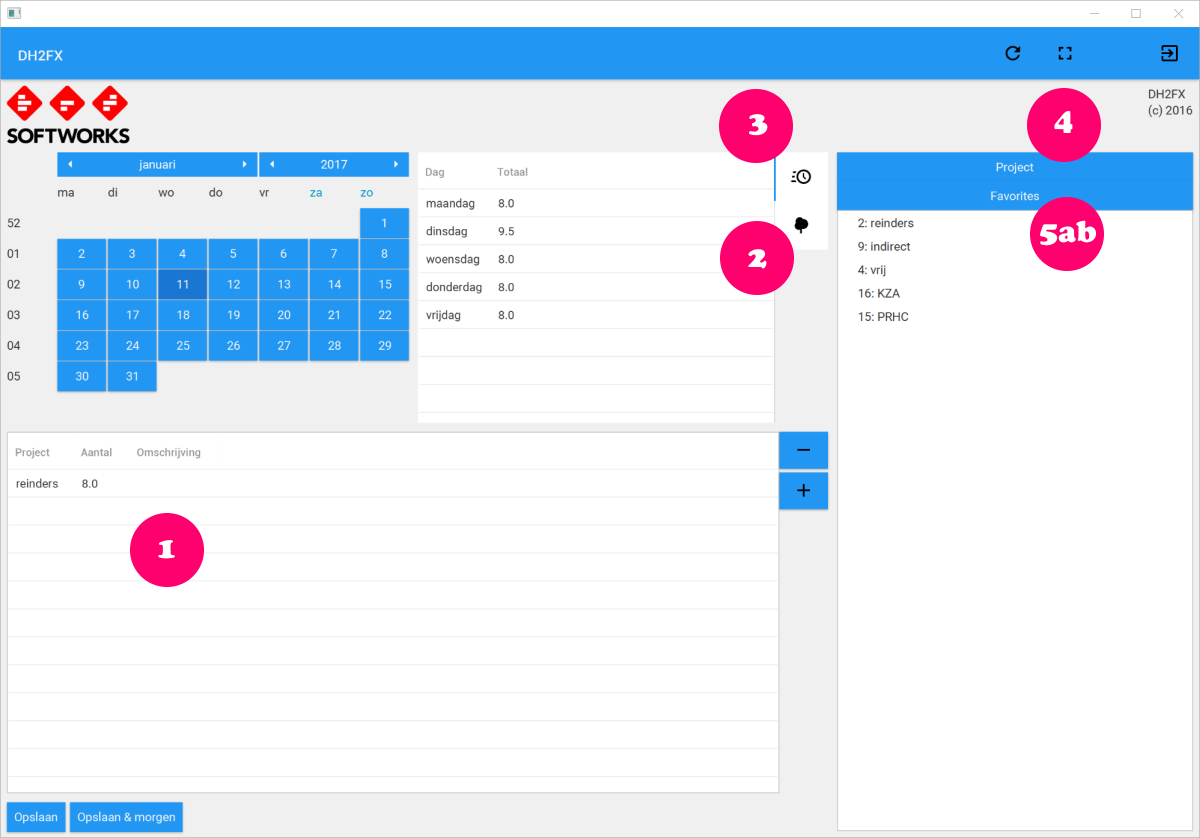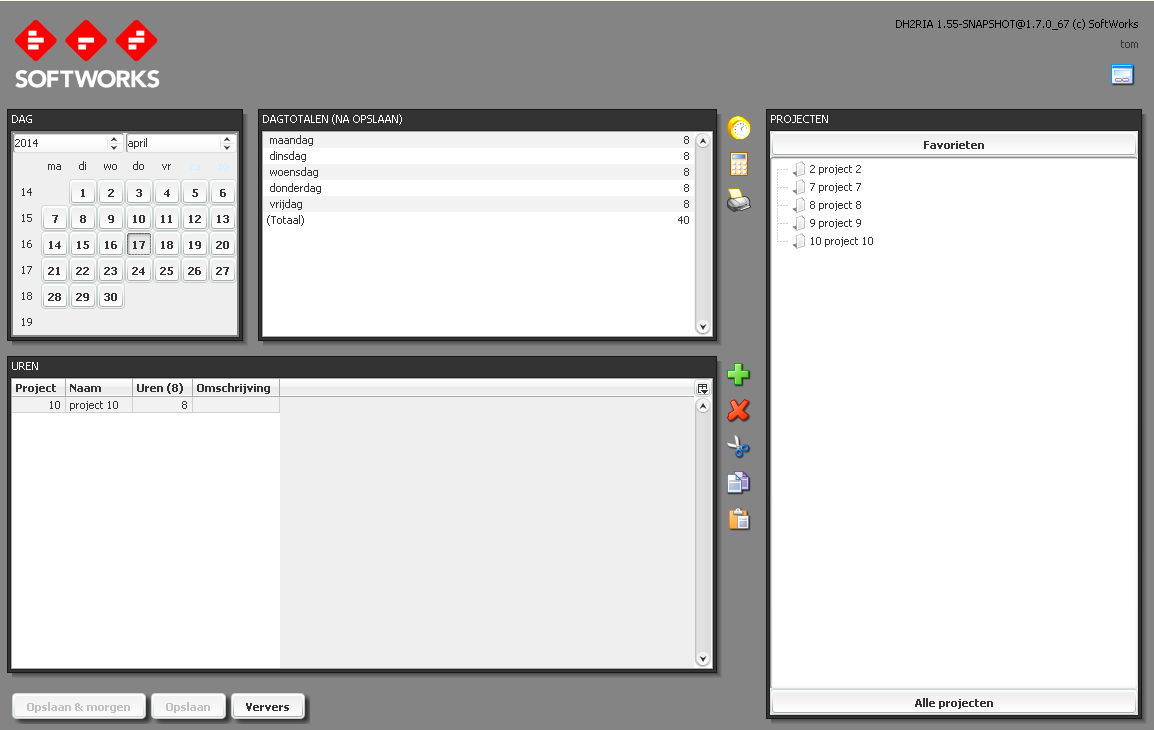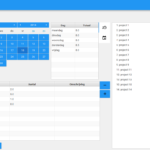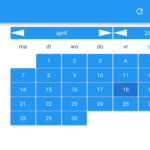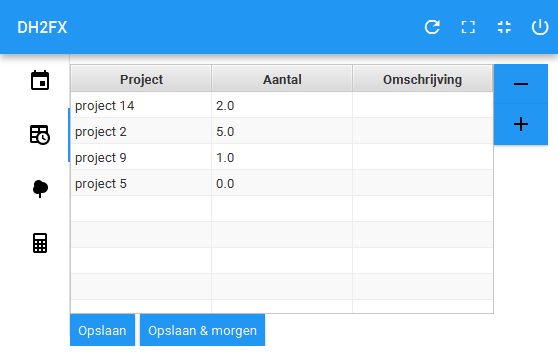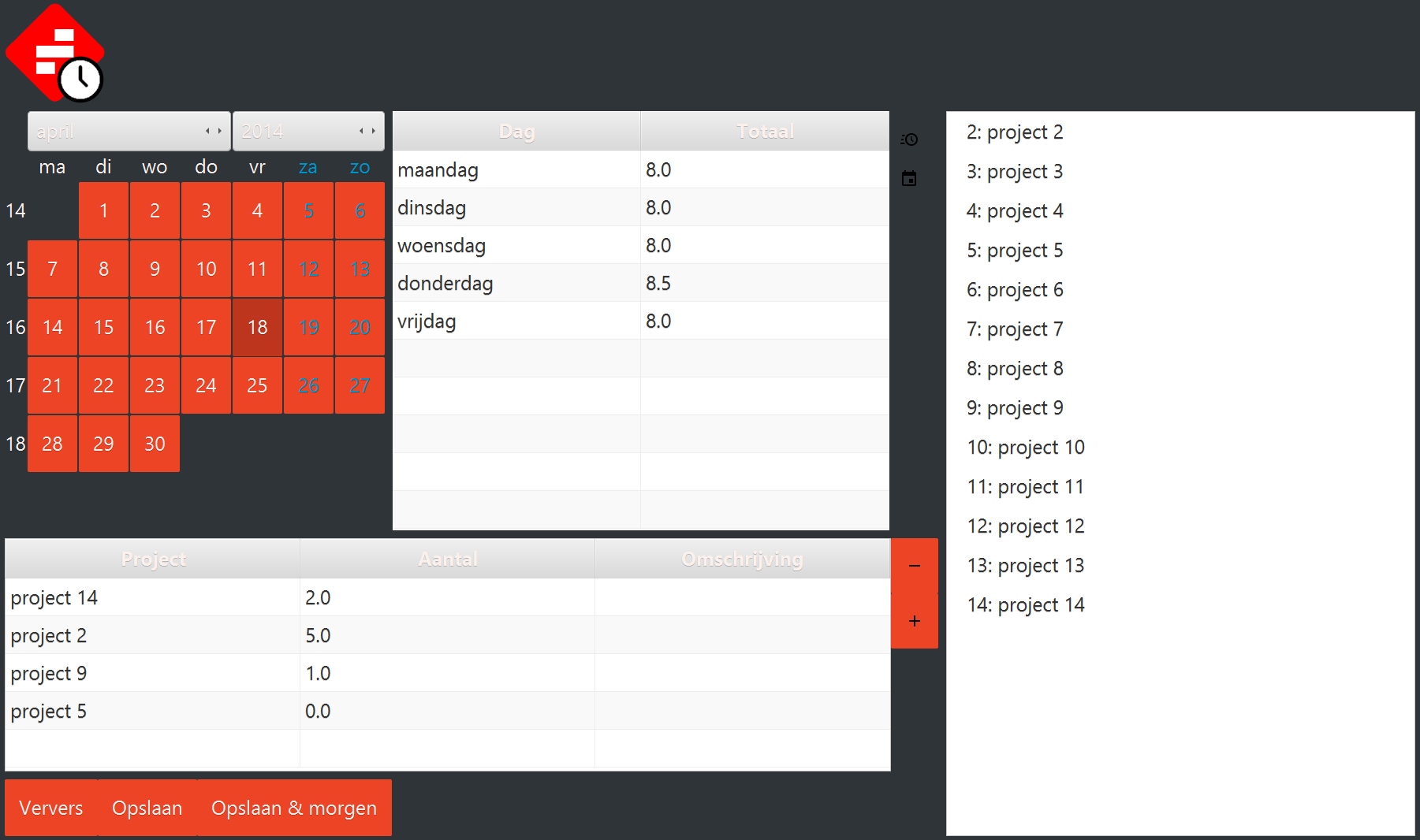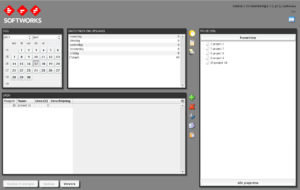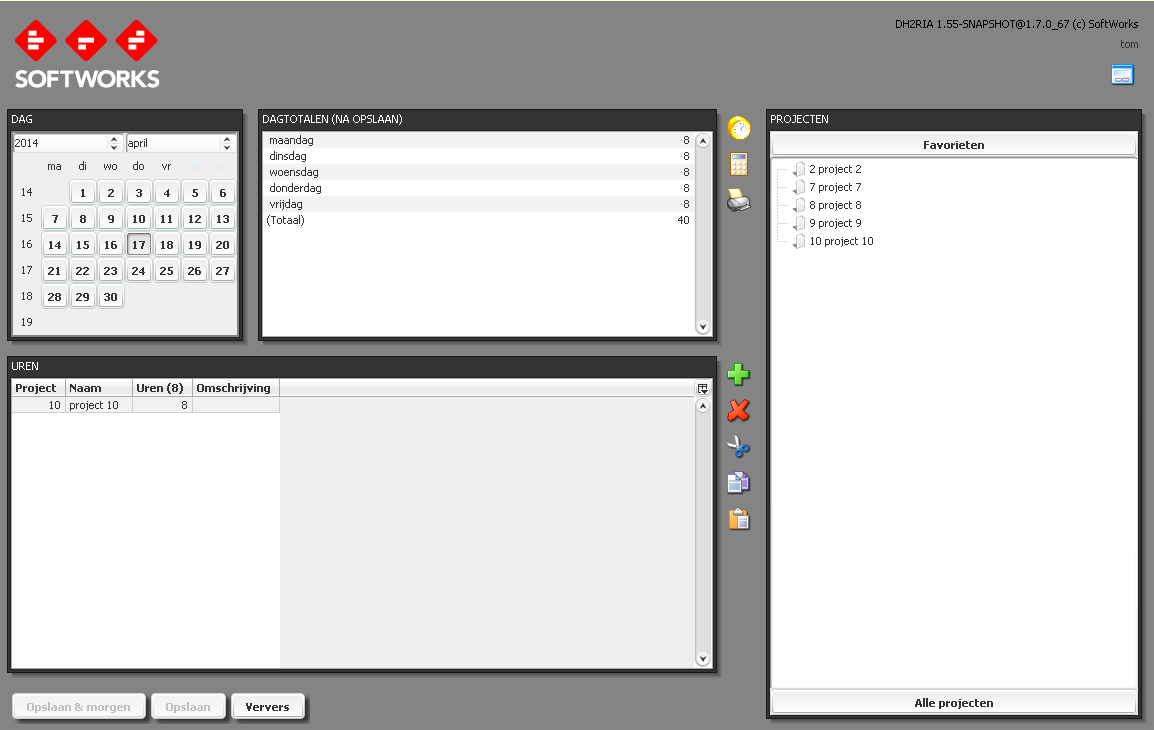The occasional speaker
The JavaOne has ended and it was both under- and overwhelming. But on a more personal note I was not satisfied with how my talk went. Being an occasional speaker, I naturally am a bit nervous at the beginning, but somewhere along the line that usually goes away. This means I get into ‘the zone’, and feel inspired by the subject I am talking about.
However, this was not the case during my talk at the JavaOne; it kept dragging a bit, never gaining the momentum I’m used to. And I have been wondering about the reason; I’ve done the talk more often, so it is not that I don’t know what to tell on a given slide. It just didn’t… Take off.
So different from yesterday, when I was in Utrecht, giving a talk about automated testing. The setting there was… Cozy. Informal. I wasn’t even really nervous at the beginning, even though it was the first time I did the lecture, and I wasn’t sure if I had enough slides, or too many. Certainly the deck was way less pruned and polished than the JavaOne’s, but it took mere seconds to get into the groove.
